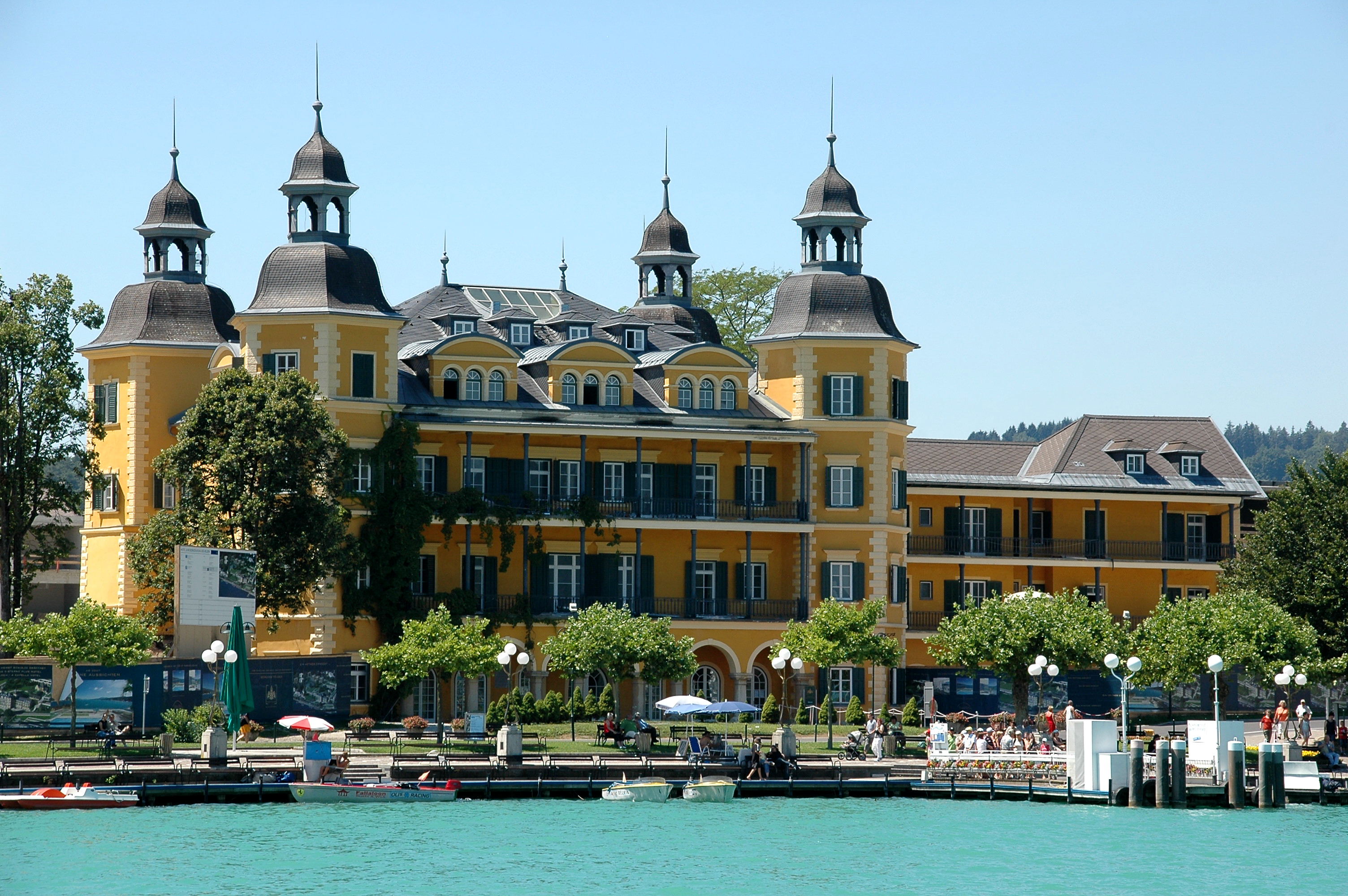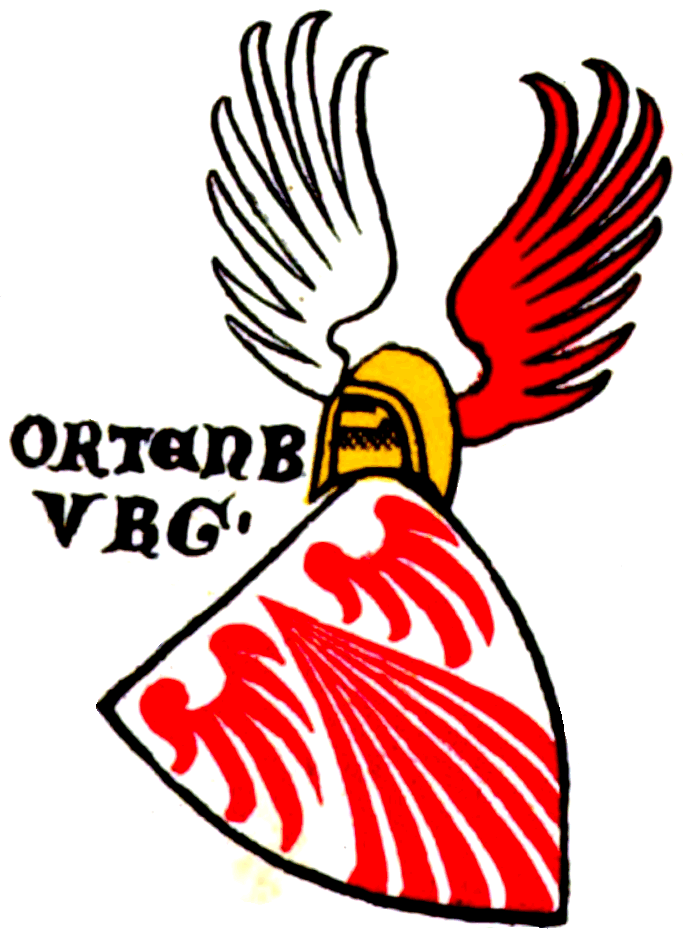|
Velden Am Wörther See
Velden am Wörthersee ( Slovene: ''Vrba na Koroškem'') is a market town in Villach-Land District, in the Austrian state of Carinthia. Situated on the western shore of the Wörthersee lake, it is one of the country's most popular holiday resorts. Geography The municipal area of Velden is subdivided into eight Katastralgemeinden (cadastral communities): Augsdorf, Duel, Kerschdorf ob Velden, Köstenberg, Latschach an der Drau, Lind ob Velden, St. Egyden, and Velden am Wörther See – which include 30 villages: * Aich (''Dob'') * Augsdorf (''Loga Vas'') * Bach (''Potok'') * Dieschitz (''Deščice'') * Dröschitz (''Trešiče'') * Duel (''Dole'') * Fahrendorf * Göriach (''Gorje'') * Kantnig (''Konatiče'') * Kerschdorf (''Črešnje'') * Köstenberg (''Kostanje'') * Kranzlhofen (''Dvor'') * Latschach (''Loče'') * Lind ob Velden (''Lipa'') * Oberdorf (''Zgornja vas'') * Oberjeserz (''Zgornje Jezerce'') * Oberwinklern (''Vogliče'') * Pulpitsch (''Polpače'') * Rajach ( ... [...More Info...] [...Related Items...] OR: [Wikipedia] [Google] [Baidu] |
Villach-Land
Bezirk Villach-Land is a district of the state of Carinthia in Austria. Municipalities Towns (''Städte'') are indicated in boldface; market towns (''Marktgemeinden'') in ''italics''; suburbs, hamlets and other subdivisions of a municipality are indicated in small characters. *''Arnoldstein'' ( Slov.: ''Podklošter'') (1) **Agoritschach, Arnoldstein, Erlendorf, Gailitz, Greuth, Hart, Hart, Krainberg, Krainegg, Lind, Maglern, Neuhaus an der Gail, Oberthörl, Pessendellach, Pöckau, Radendorf, Riegersdorf, Seltschach, St. Leonhard bei Siebenbrünn, Thörl-Maglern-Greuth, Tschau, Unterthörl *''Bad Bleiberg'' ( Slov.: ''Plejberk pri Beljaku'') (2) **Bad Bleiberg, Bleiberg-Kreuth, Bleiberg-Nötsch, Hüttendorf, Kadutschen *''Finkenstein am Faaker See'' ( Slov.: ''Bekštanj'') (3) **Altfinkenstein, Faak am See, Finkenstein, Fürnitz, Gödersdorf, Goritschach, Höfling, Kopein, Korpitsch, Latschach, Ledenitzen, Mallenitzen, Müllnern, Neumüllnern, Oberaichwald, Oberferlach, Outschena ... [...More Info...] [...Related Items...] OR: [Wikipedia] [Google] [Baidu] |
House Of Habsburg
The House of Habsburg (), alternatively spelled Hapsburg in Englishgerman: Haus Habsburg, ; es, Casa de Habsburgo; hu, Habsburg család, it, Casa di Asburgo, nl, Huis van Habsburg, pl, dom Habsburgów, pt, Casa de Habsburgo, la, Domus Habsburg, french: Maison des Habsbourg and also known as the House of Austriagerman: link=no, Haus Österreich, ; es, link=no, Casa de Austria; nl, Huis van Oostenrijk, pl, dom Austrii, la, Domus Austriæ, french: Maison d'Autriche; hu, Ausztria Háza; it, Casa d'Austria; pt, Casa da Áustria is one of the most prominent and important dynasties in European history. The house takes its name from Habsburg Castle, a fortress built in the 1020s in present-day Switzerland by Radbot of Klettgau, who named his fortress Habsburg. His grandson Otto II, Count of Habsburg, Otto II was the first to take the fortress name as his own, adding "Count of Habsburg" to his title. In 1273, Count Radbot's seventh-generation descendant Rudolph I of German ... [...More Info...] [...Related Items...] OR: [Wikipedia] [Google] [Baidu] |
Millstatt Abbey
Millstatt Abbey (german: Stift Millstatt) is a former monastery in Millstatt, Austria. Established by Benedictine monks about 1070, it ranks among the most important Romanesque buildings in the state of Carinthia. The Benedictines were succeeded by the knightly Order of Saint George in 1469 and the Society of Jesus (Jesuits, SJ) in 1598. Until its dissolution in 1773 under Emperor Joseph II, Millstatt Abbey for centuries was the spiritual and cultural centre of Upper Carinthia and with its possessions around Millstätter See, in the Gurk Valley ( Brückl) as well as in the former March of Friuli and in the Archbishopric of Salzburg (Pinzgau), one of the largest in the region. History Millstatt Abbey was founded as a proprietary monastery by the Chiemgau count Aribo II (1024–1102), a scion of the Aribonid dynasty and former count palatine of Bavaria, and his brother Poto, on their estates in the newly established Duchy of Carinthia. Though no charter is preserved, a later chro ... [...More Info...] [...Related Items...] OR: [Wikipedia] [Google] [Baidu] |
Counts Of Ortenburg
The Counts of Ortenburg (german: Grafen von Ortenburg) were a comital family in the mediaeval Duchy of Carinthia. Though they had roots in Bavarian nobility, an affiliation with the Imperial Counts of Ortenburg, a branch line of the Rhenish Franconian House of Sponheim, is not established.Hausmann, Friedrich (1994). "Die Grafen zu Ortenburg und ihre Vorfahren im Mannesstamm, die Spanheimer in Kärnten, Sachsen und Bayern, sowie deren Nebenlinien" in ''Ostbairische Grenzmarken - Passauer Jahrbuch für Geschichte Kunst und Volkskunde''. Nr. 36, Passau 1994. History Little is known about the reasons the Ortenburgs settled in the Carinthian Lurngau. No charters are available on the creation of the Ortenburg Castle on the northern slope of Mt. Goldeck above the village of Baldramsdorf, nor about the manner in which the Ortenburgs obtained their property. In 1072, one Adalbert of Ortenburg, probably a younger son of Count Hartwig II of Grögling-Hirschberg (d. 1068/69), served as ... [...More Info...] [...Related Items...] OR: [Wikipedia] [Google] [Baidu] |
Counts Of Celje
The Counts of Celje ( sl, Celjski grofje) or the Counts of Cilli (german: Grafen von Cilli; hu, cillei grófok) were the most influential late medieval noble dynasty on the territory of present-day Slovenia. Risen as vassals of the Habsburg dukes of Styria in the early 14th century, they ruled the County of Cilli as immediate counts ('' Reichsgrafen'') from 1341 and rose to Princes of the Holy Roman Empire in 1436. History The Lords of Sanneck (Žovnek) Castle on the Sann (Savinja) river in Lower Styria were first mentioned around 1123/30. Their ancestors may have been relatives of Saint Hemma of Gurk (d. 1045), who held large estates in the area. The fortress was allegedly already built under the rule of Charlemagne as a stronghold against the Avars. Counts One Leopold of Sanneck appeared as a supporter of the Habsburg king Rudolf I of Germany in the 1278 Battle on the Marchfeld. In the early 14th century, the Lords of Sanneck allied with the Austrian Habsburgs ... [...More Info...] [...Related Items...] OR: [Wikipedia] [Google] [Baidu] |
Burgruine Hohenwart
Burgruine Hohenwart is a ruined castle south of the village of Köstenberg in Carinthia, Austria Austria, , bar, Östareich officially the Republic of Austria, is a country in the southern part of Central Europe, lying in the Eastern Alps. It is a federation of nine states, one of which is the capital, Vienna, the most populous .... See also * List of castles in Austria References ''This article was initially translated from the German Wikipedia.'' Castles in Carinthia (state) {{Austria-castle-stub ... [...More Info...] [...Related Items...] OR: [Wikipedia] [Google] [Baidu] |
German Language
German ( ) is a West Germanic language mainly spoken in Central Europe. It is the most widely spoken and official or co-official language in Germany, Austria, Switzerland, Liechtenstein, and the Italian province of South Tyrol. It is also a co-official language of Luxembourg and Belgium, as well as a national language in Namibia. Outside Germany, it is also spoken by German communities in France ( Bas-Rhin), Czech Republic (North Bohemia), Poland ( Upper Silesia), Slovakia (Bratislava Region), and Hungary ( Sopron). German is most similar to other languages within the West Germanic language branch, including Afrikaans, Dutch, English, the Frisian languages, Low German, Luxembourgish, Scots, and Yiddish. It also contains close similarities in vocabulary to some languages in the North Germanic group, such as Danish, Norwegian, and Swedish. German is the second most widely spoken Germanic language after English, which is also a West Germanic language. German ... [...More Info...] [...Related Items...] OR: [Wikipedia] [Google] [Baidu] |
Magdalensberg
Magdalensberg ( Slovene: ''Štalenska gora'') is a market town in the district of Klagenfurt-Land in Carinthia in Austria. Geography Magdalensberg lies at the foot of the Magdalensberg in the Klagenfurt basin in the lower Gurk valley. The Gurk and the Raba flow through the municipality. The municipality comprises 40 villages and hamlets: Christofberg, Deinsdorf, Dürnfeld, Eibelhof, Eixendorf, Farchern, Freudenberg, Gammersdorf, Geiersdorf, Göriach, Gottesbichl, Großgörtschach, Gundersdorf, Haag, Hollern, Kleingörtschach, Kreuzbichl, Kronabeth, Lassendorf, Latschach, Leibnitz, Magdalensberg, Matzendorf, Ottmanach, Pirk, Pischeldorf, Portendorf, Reigersdorf, Schöpfendorf, Sillebrücke, St. Lorenzen, St. Martin, St. Thomas, Stuttern, Timenitz, Treffelsdorf, Vellach, Wutschein, Zeiselberg, Zinsdorf.and is composed of 13 cadastral subdivisions (" Katastralgemeinden"): Zinsdorf, Reigersdorf, Ottmanach, Wutschein, Gammersdorf, Schurianhof, Timenitz, Vellach, Freudenberg, Portendo ... [...More Info...] [...Related Items...] OR: [Wikipedia] [Google] [Baidu] |
Villach
Villach (; sl, Beljak; it, Villaco; fur, Vilac) is the seventh-largest city in Austria and the second-largest in the federal state of Carinthia. It is an important traffic junction for southern Austria and the whole Alpe-Adria region. , the population is 61,887. Together with other Alpine towns Villach engages in the Alpine Town of the Year Association for the implementation of the Alpine Convention to achieve sustainable development in the Alpine Arc. In 1997, Villach was the first town to be awarded Alpine Town of the Year. Geography Villach is a statutory city, on the Drau River near its confluence with the Gail tributary, at the western rim of the Klagenfurt basin. The municipal area stretches from the slopes of the Gailtal Alps (Mt. Dobratsch) down to Lake Ossiach in the northeast. The Villach city limits comprise the following districts and villages: }) * Dobrova (''Dobrova'') * Drautschen (''Dravče'') * Drobollach am Faaker See (''Drobolje ob Baškem jezeru ... [...More Info...] [...Related Items...] OR: [Wikipedia] [Google] [Baidu] |
Roman Road
Roman roads ( la, viae Romanae ; singular: ; meaning "Roman way") were physical infrastructure vital to the maintenance and development of the Roman state, and were built from about 300 BC through the expansion and consolidation of the Roman Republic and the Roman Empire. They provided efficient means for the overland movement of armies, officials, civilians, inland carriage of official communications, and trade goods. Roman roads were of several kinds, ranging from small local roads to broad, long-distance highways built to connect cities, major towns and military bases. These major roads were often stone-paved and metaled, cambered for drainage, and were flanked by footpaths, bridleways and drainage ditches. They were laid along accurately surveyed courses, and some were cut through hills, or conducted over rivers and ravines on bridgework. Sections could be supported over marshy ground on rafted or piled foundations.Corbishley, Mike: "The Roman World", page 50. Warwick Pr ... [...More Info...] [...Related Items...] OR: [Wikipedia] [Google] [Baidu] |







